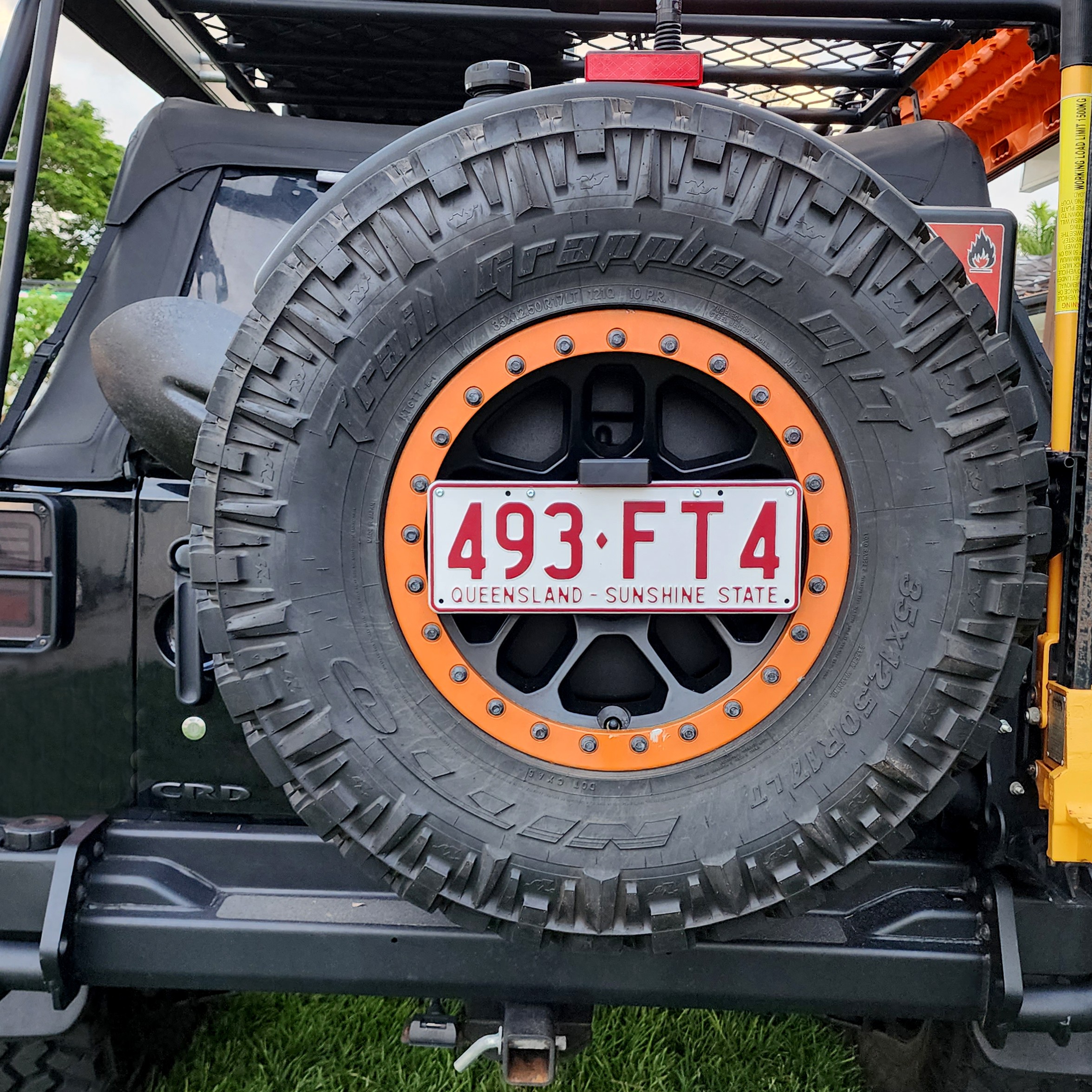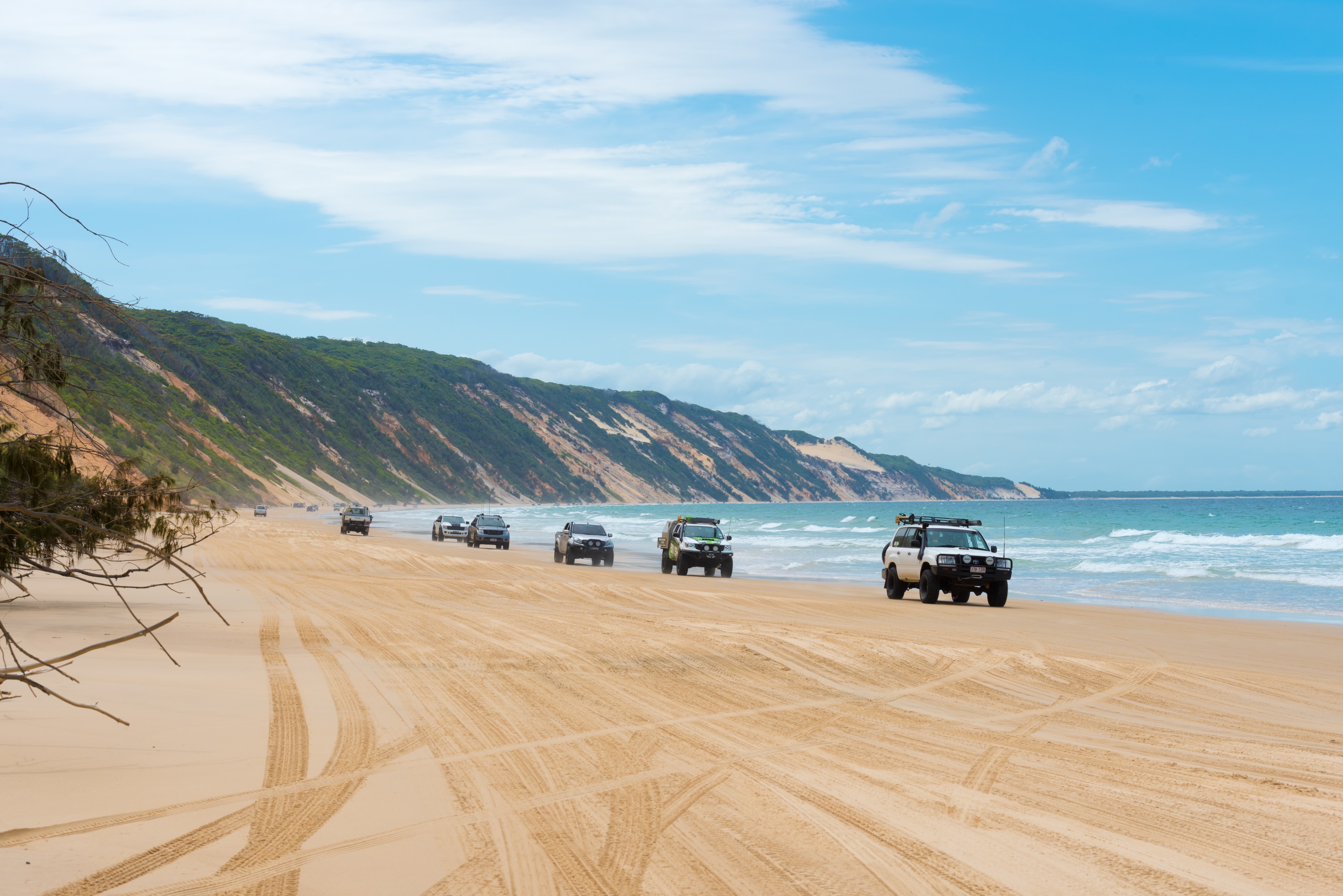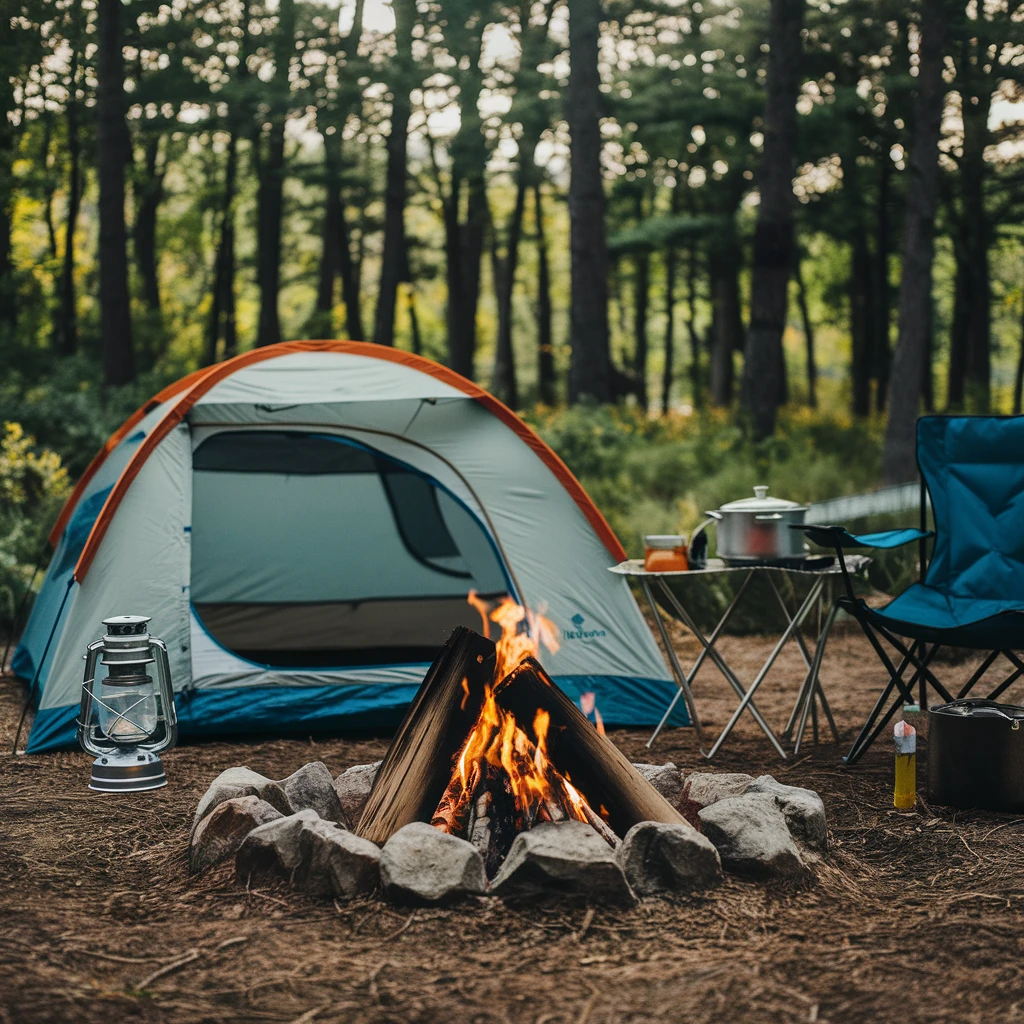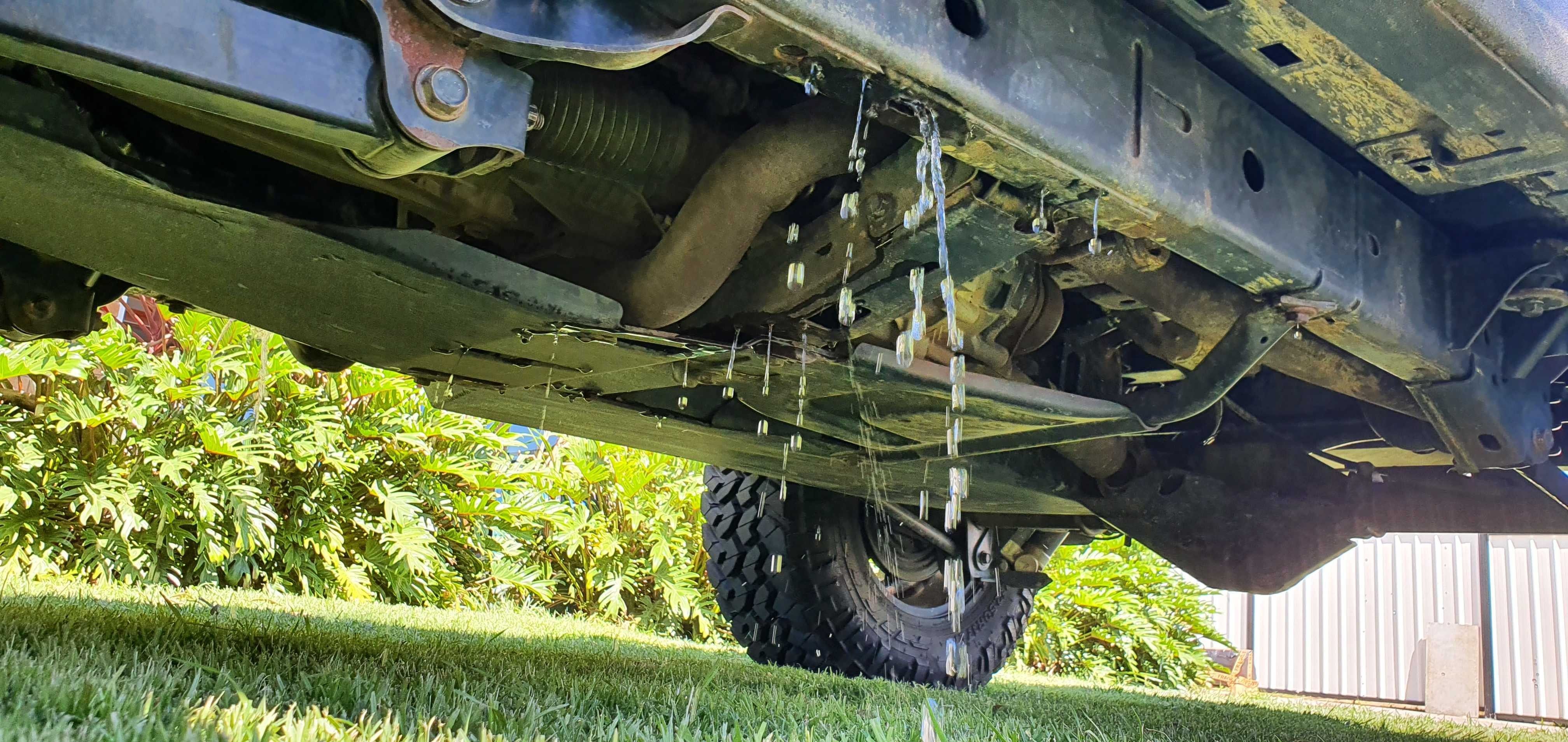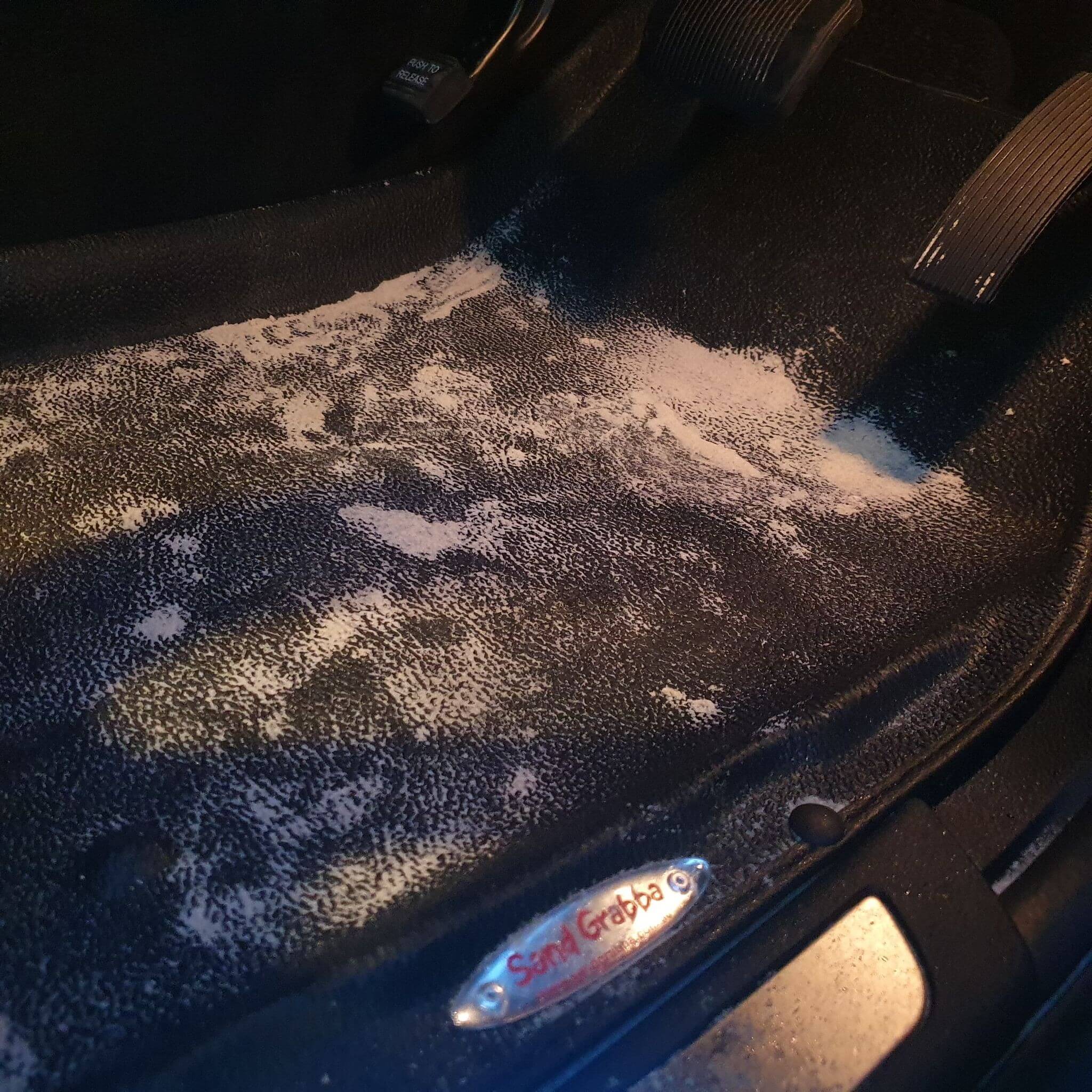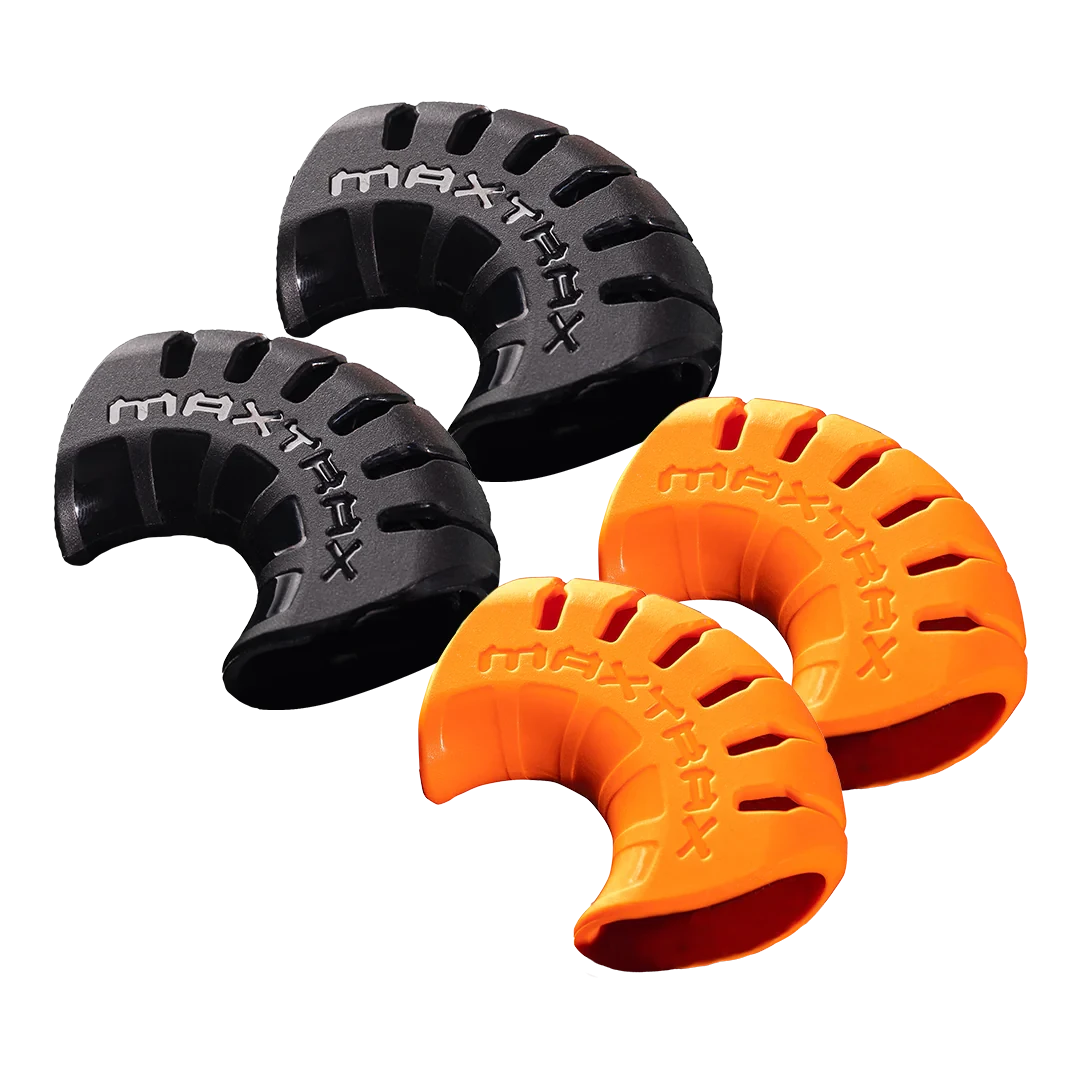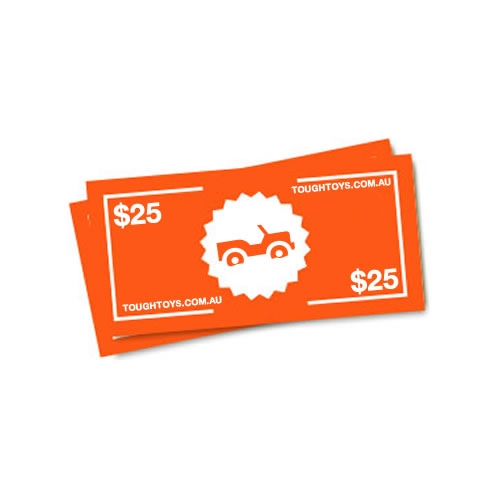Communicating In The Bush - UHF & CB Radio
Half the fun of heading out in your 4wd is being somewhere remote – away from the traffic and crowds, where you can enjoy the wide open spaces of Australia. You don’t want to betooremote though. It’s always good to be able to get in touch in an emergency; if you get lost, have a breakdown you can’t fix or one of your group needs medical attention you need to have effective communications you can rely on. These days everybody has a mobile phone, but they don’t work everywhere. You don’t have to be all that far from civilisation to lose your signal, and your phone isn’t going to help you much then. Satellite phones are a lot more available than they used to be, but call charges are ridiculously expensive and they’re not always very reliable. A better alternative is a UHF radio.
UHF Citizen’s Band (CB) radios have been around for a while, and it’s widely used by off roaders. It’s a well regulated system with channels designated for emergency use, so if you ever need to call for help over it you’re pretty much guaranteed somebody will be listening. UHF is a bit more complex than a phone, though, so we’ve put together a basic guide for you.
First you’ll want to decide what type of radio to get. The simplest choice is a hand-held set. These don’t need any installation and you can take them with you when you leave the vehicle. On the other hand the range is pretty short because they only have small antennas. You’ll be lucky to get 5km out of one. Hills and even trees will take a big bite out of that. Hand-helds are good for chatting among your group if you’re walking in the bush, but for an emergency set you want a more powerful vehicle mounted one. The neatest way to fit one is to get a DIN-size unit that fits into the slot for the stereo. Of course if you want to keep the stereo that’s an issue, but it’s easy enough to get a roof console and put the CB in there. That’s also handy for keeping all the bits under control – you don’t want the microphone getting caught up in the gears.
The most important bit of a UHF system isn’t the actual radio though, it’s the antenna. Get that wrong and even the best set isn’t going to perform well. There are loads of different ones available and it might even be worth your while carrying more than one. For example a low gain aerial will have a shorter range but works better in hilly or wooded country. High gain ones let you reach out further when it’s all flat. Look at mounting points and materials, too. If you’re driving in forests or thick bush a longer antenna isn’t going to last very long. Bullbar mounts are simple to fit, easy to remove if necessary and they work well. You need a spring base though, or the vibration could wreck it, and you might need to make sure it’s earthed too.
We mentioned earlier that there are emergency channels on CB. That’s channels 5 and 35. Don’t try using these for a chat – you could get a stiff fine or up to two years in jail. Channel 18 is the one to use if you’re towing a caravan in a group. Use channel 11 to call other off roaders in your area, then switch to a different channel to chat with them. Channel 40 is used by truckers and it’s great if you want to know about the weather or road conditions – those blokes are always well informed.
Modern UHF CB radios give you a whole 80 channels to play with, so it’s easy to find some clear bandwidth to talk to your mates. They also let you call for help easily in an emergency – just switch to 5 or 35 and start talking. They’re not expensive and it’s free to talk, so you can keep in touch without running up the phone bill. It’s definitely a smart addition to your vehicle gear.

